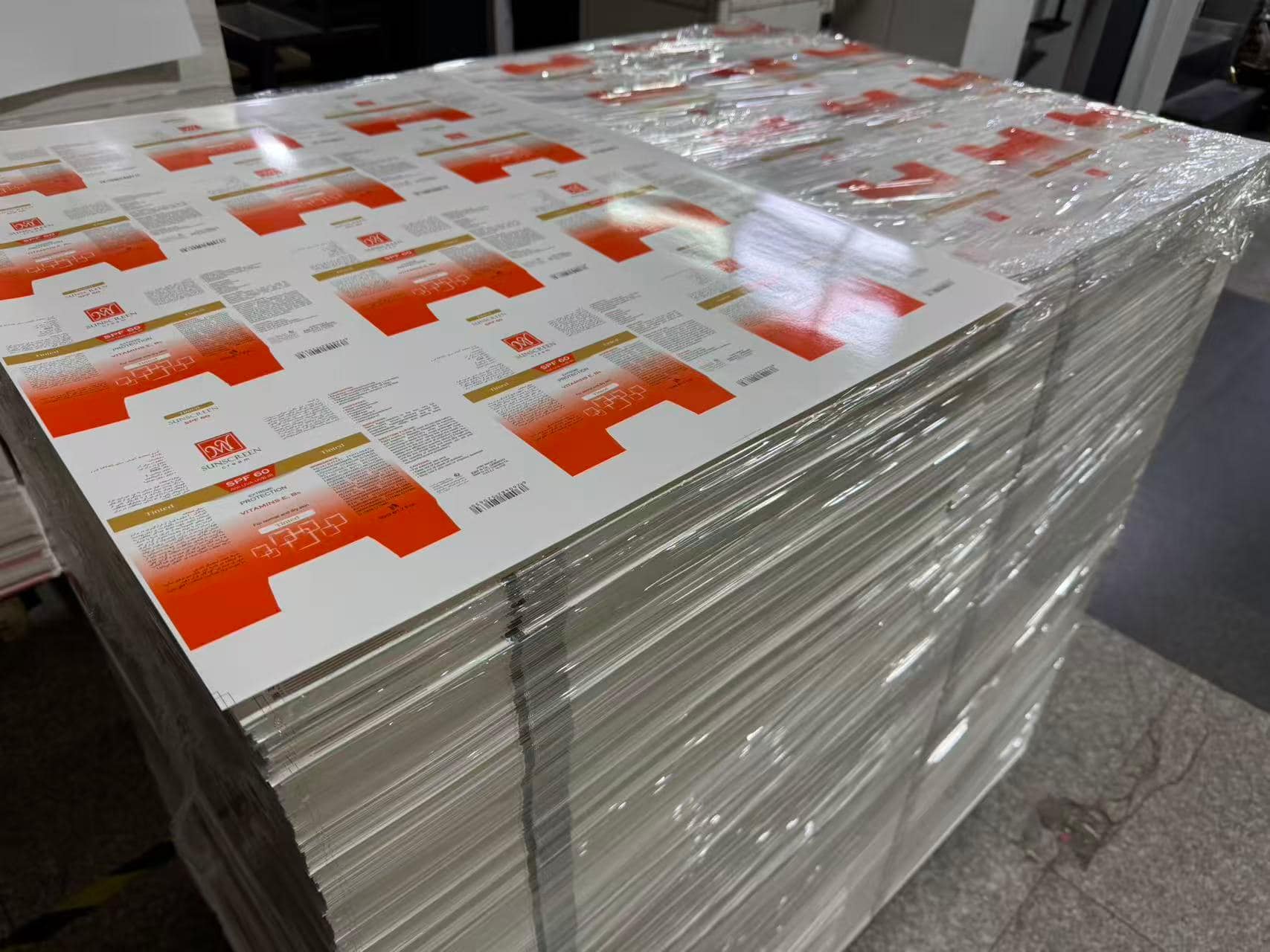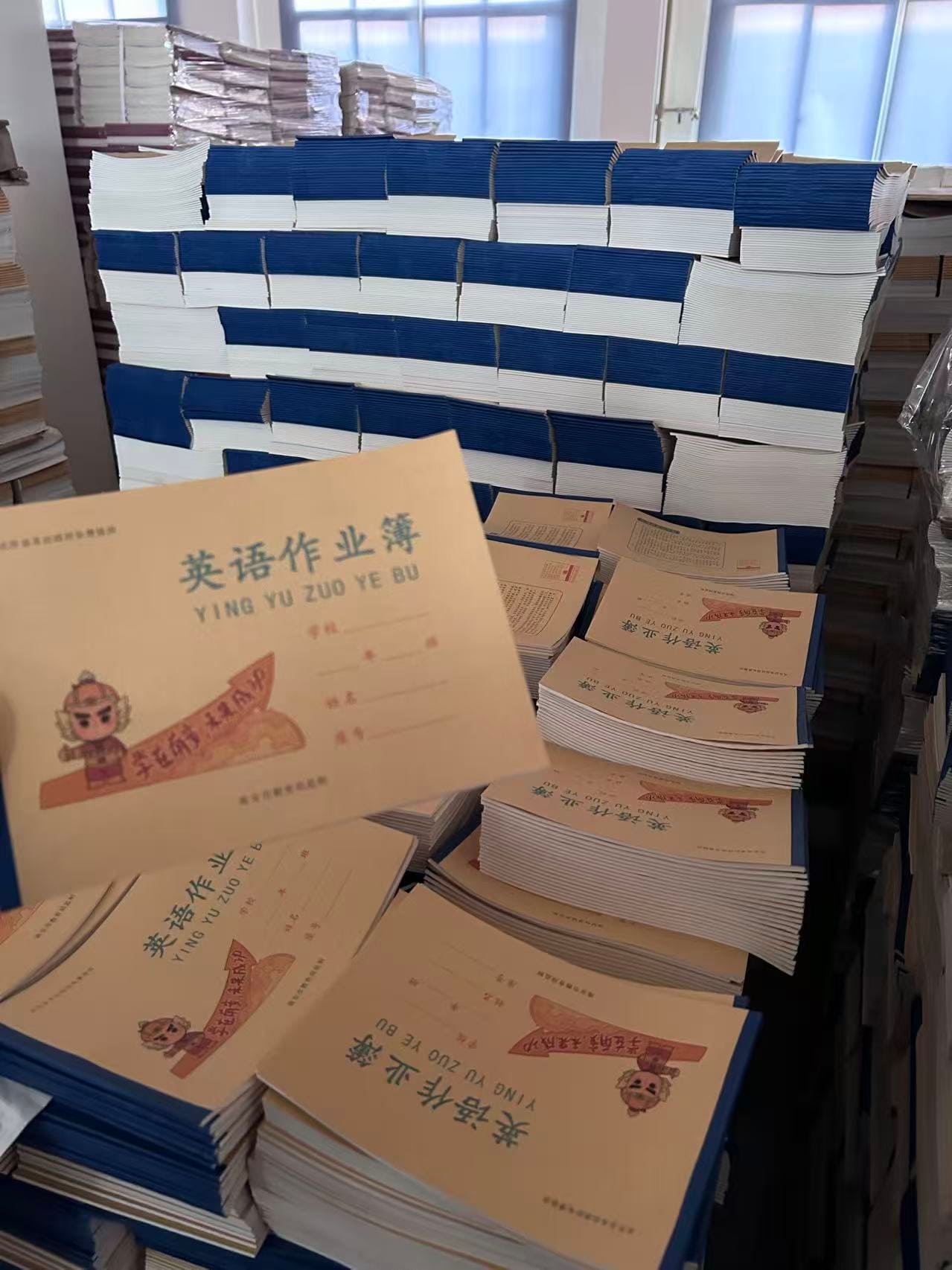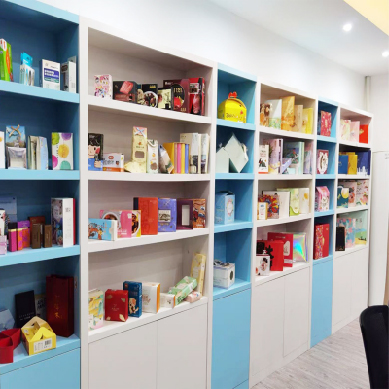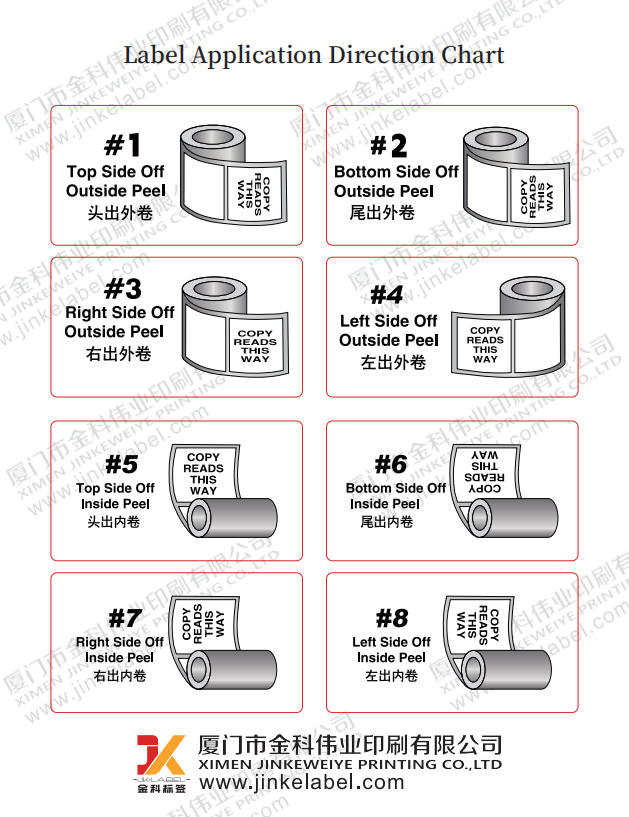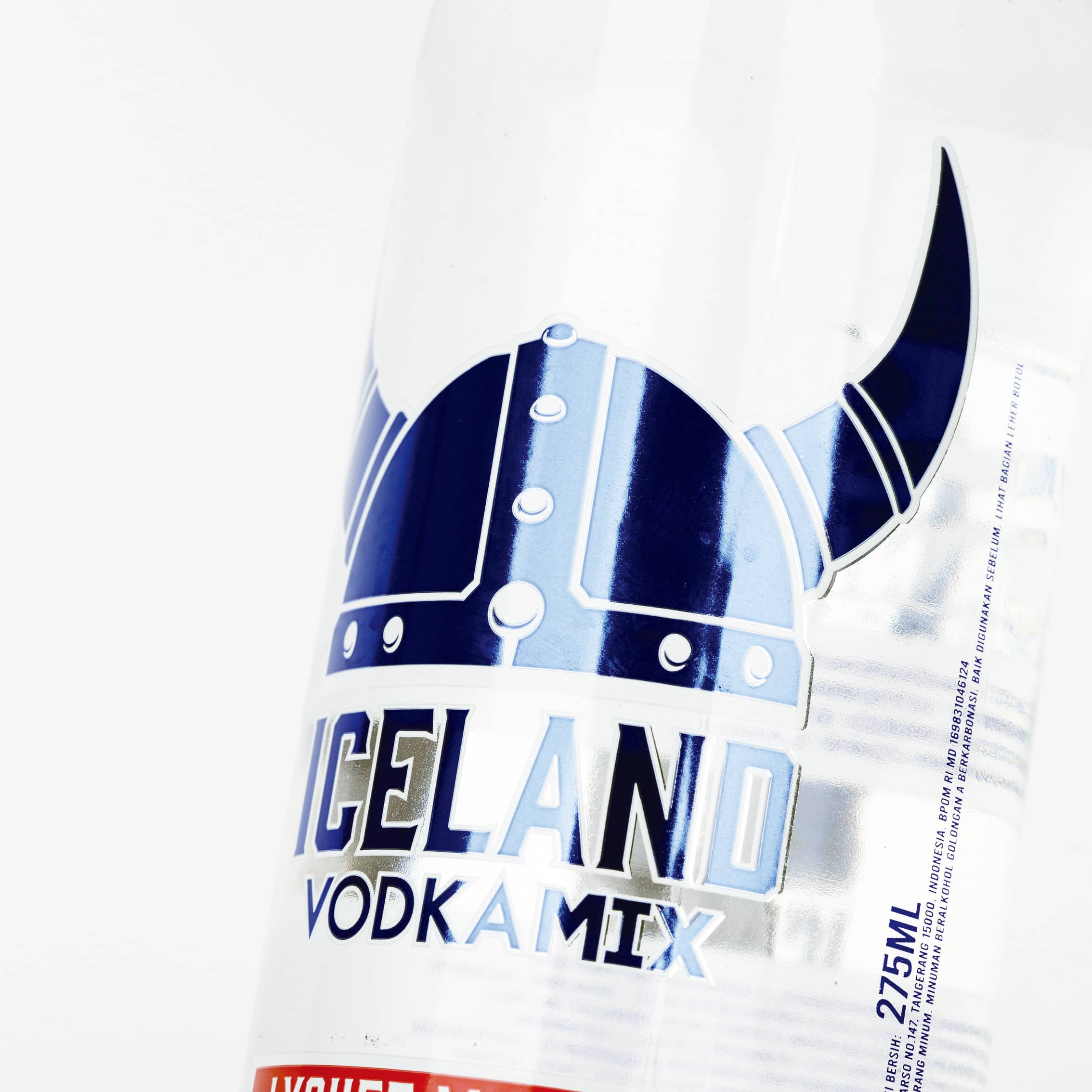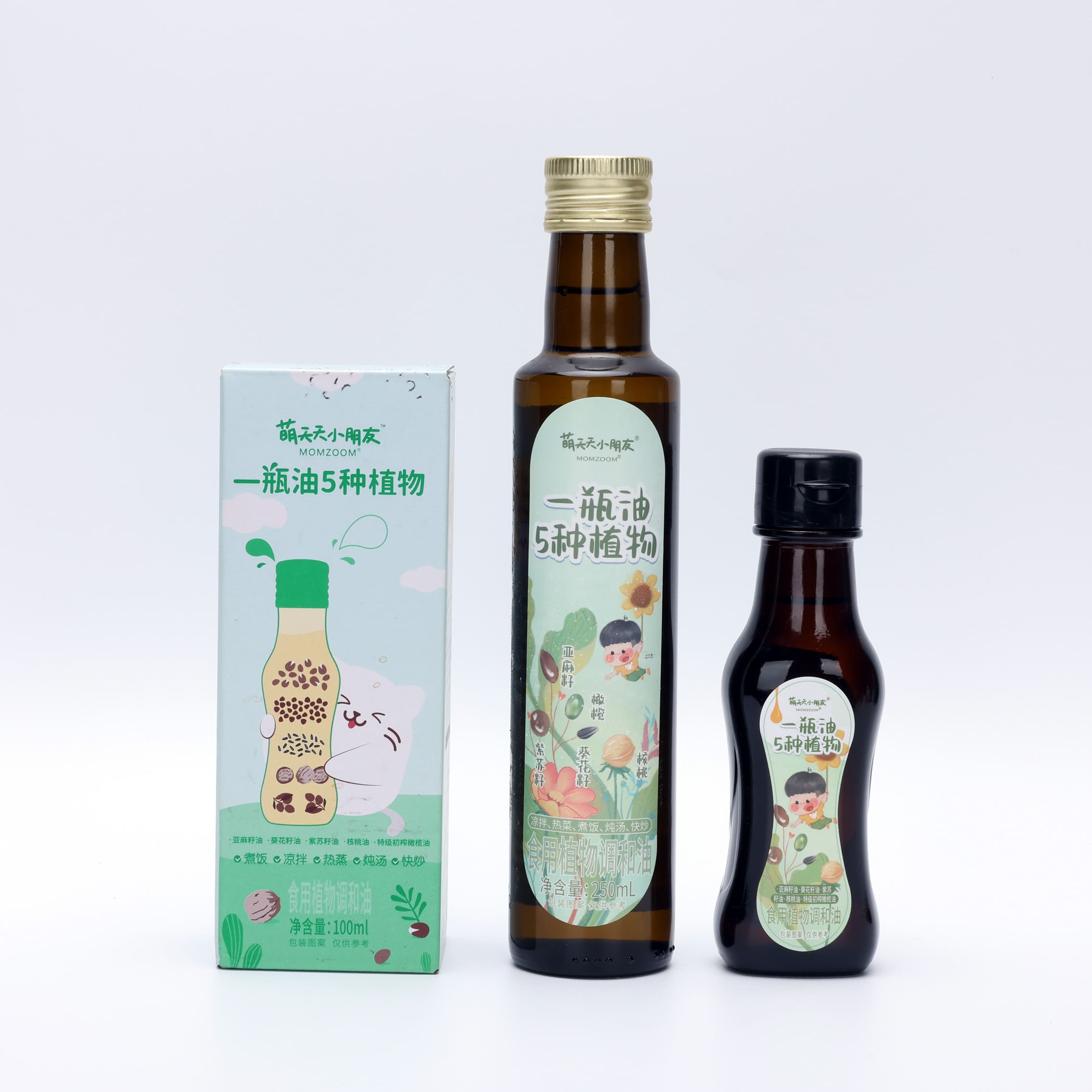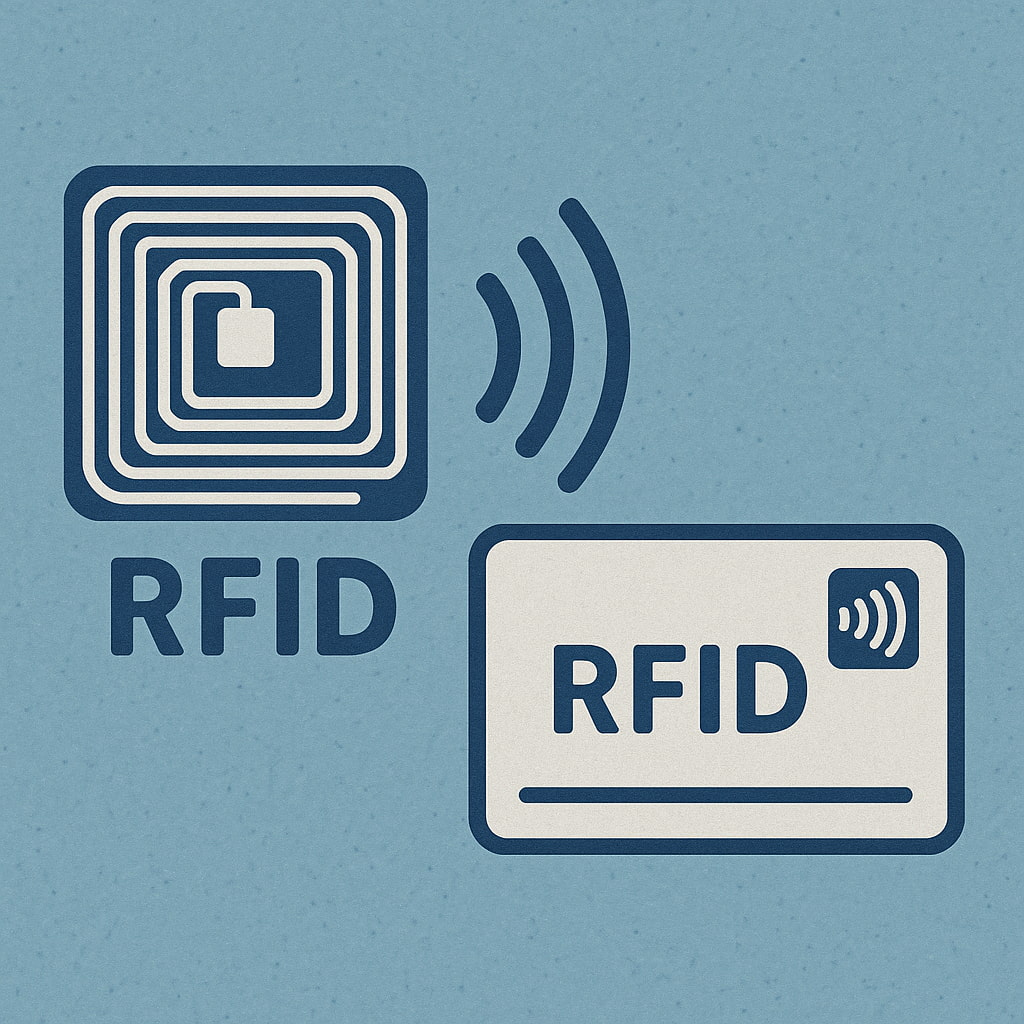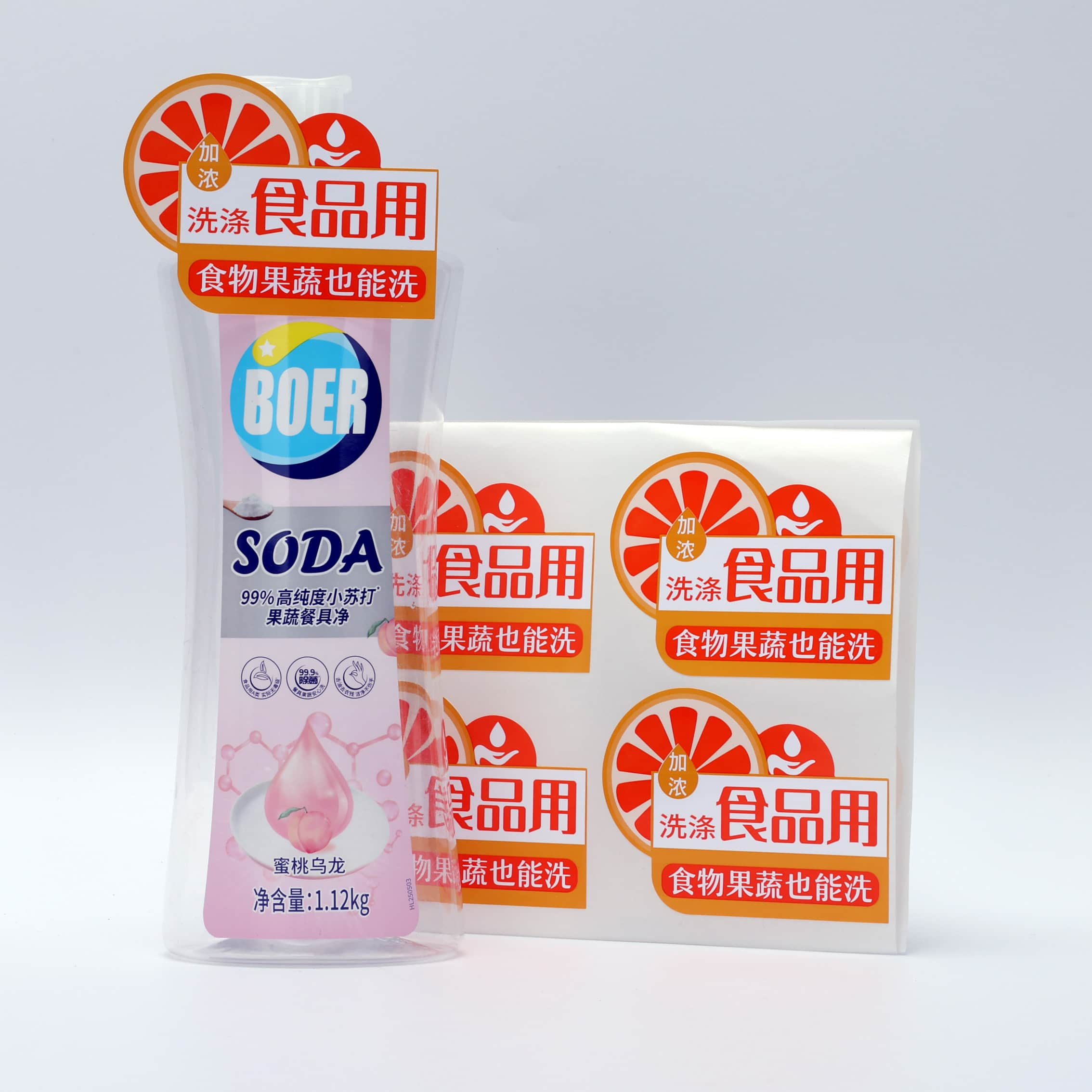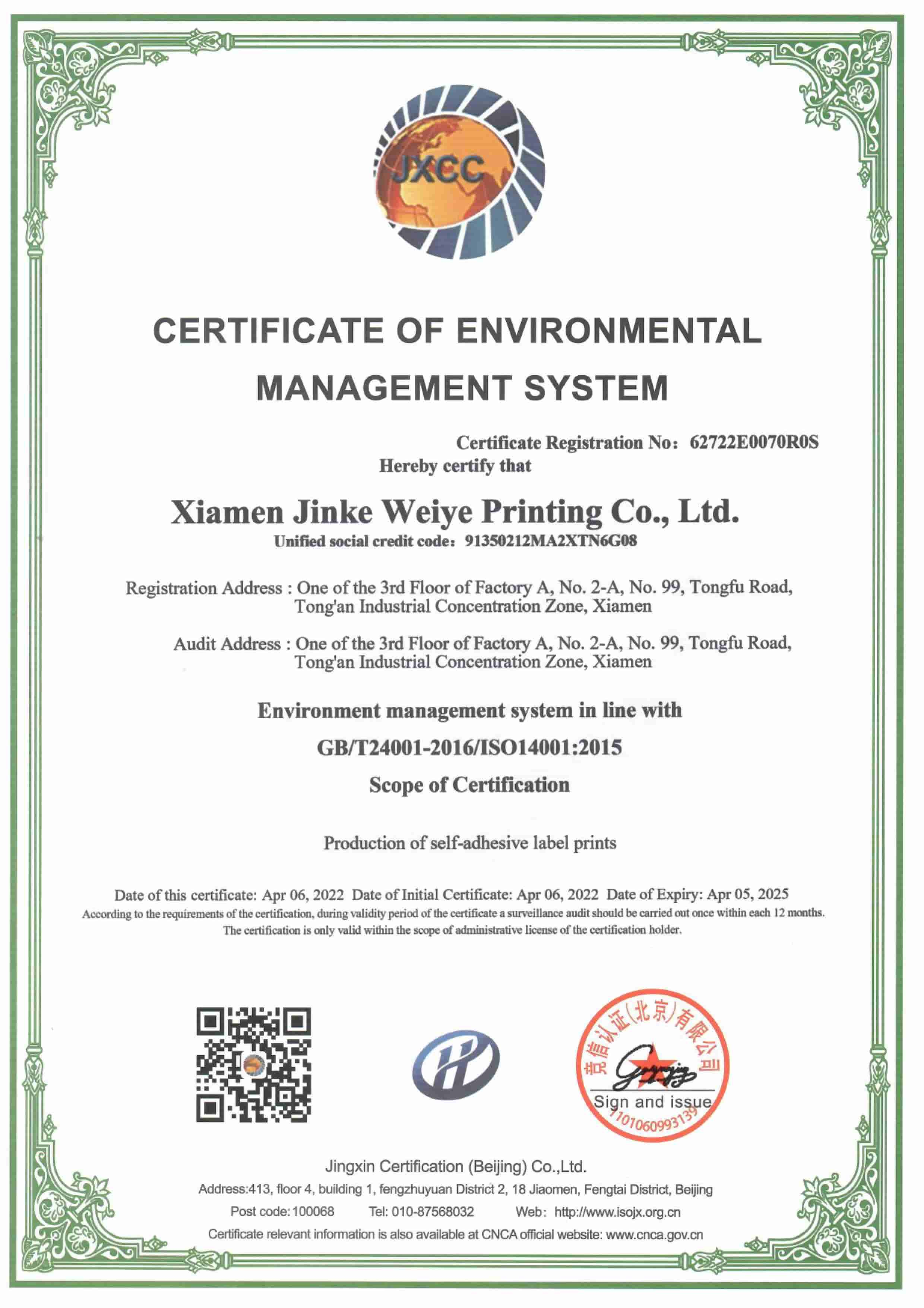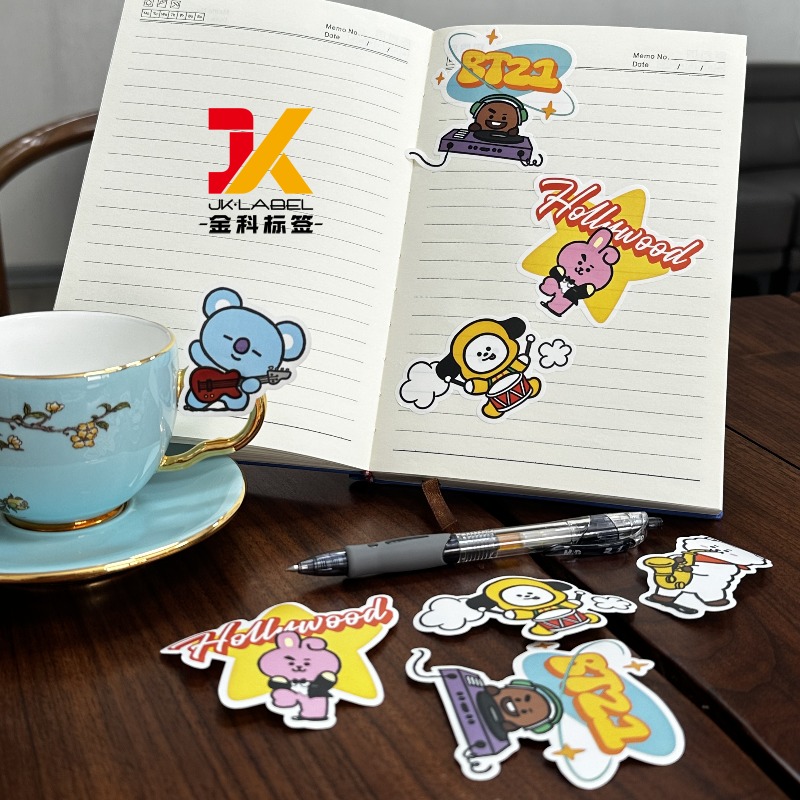Nov 17, 2025
As a professional printing manufacturer equipped with advanced flexographic and offset printing lines, we not only specialize in adhesive labels and packaging boxes — we also provide custom notebook printing for brands, companies, schools, gift suppliers, and promotional product distributors.
Whether you need notebooks for retail, corporate gifts, marketing events, or internal office use, we offer a complete one-stop solution from material selection to finishing effects.
Fully Customizable Notebook Options
We produce a wide range of notebook styles tailored to your needs:
Softcover notebooks
Hardcover notebooks
Saddle-stitched booklets
Spiral or wire-bound notebooks
Notepads and tear-off pads
Branded corporate notebooks
Student exercise books
Premium gift notebooks
You can customize every detail to match your brand identity or design requirements.
Material & Printing Options
We offer high-quality papers and multiple printing processes:
Cover materials: art paper, kraft paper, specialty paper, coated paper, soft-touch paper
Inner pages: 70–120gsm woodfree paper, dotted pages, ruled lines, blank pages, custom layouts
Printing techniques: offset printing, spot color printing, Pantone matching
Finishes: matte/gloss lamination, hot stamping, embossing, debossing, spot UV, foil edging
Binding: saddle stitch, glue binding, spiral, wire-O, hardcover case binding
These options give you complete creative freedom for both functionality and visual appeal.
Why Choose Us for Notebook Printing?
1. Professional Production Lines
Our factory uses advanced printing equipment capable of producing large volumes with consistent color accuracy and stability.
2. Flexible Order Quantities
We support both small batch sampling and mass production runs, allowing you to test the market before scaling.
3. Custom Branding & Premium Gift Quality
Make your brand stand out with personalized covers, company logos, and high-end finishing options.
4. Global Shipping Support
We provide secure packaging and coordinate delivery to customers worldwide.
Perfect for Multiple Applications
Our custom notebooks are ideal for:
Brand promotions
Corporate gifts
Retail stationery products
School supplies
Trade shows & events
Hotel & hospitality gifts
Workshops and training materials
No matter your industry, we can turn your design into a high-quality printed notebook.
Contact Us
Looking to create your own customized notebooks?
Our team is ready to support you with professional suggestions, samples, and fast quotation.
